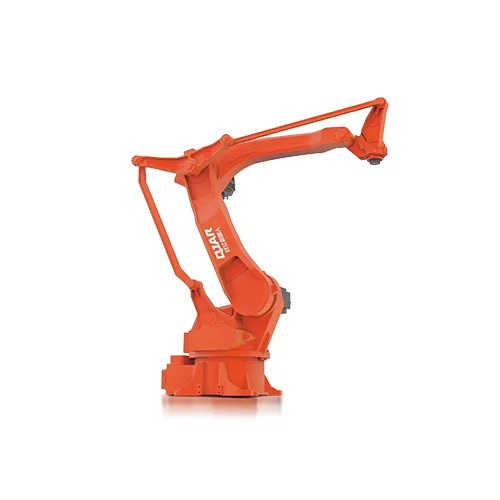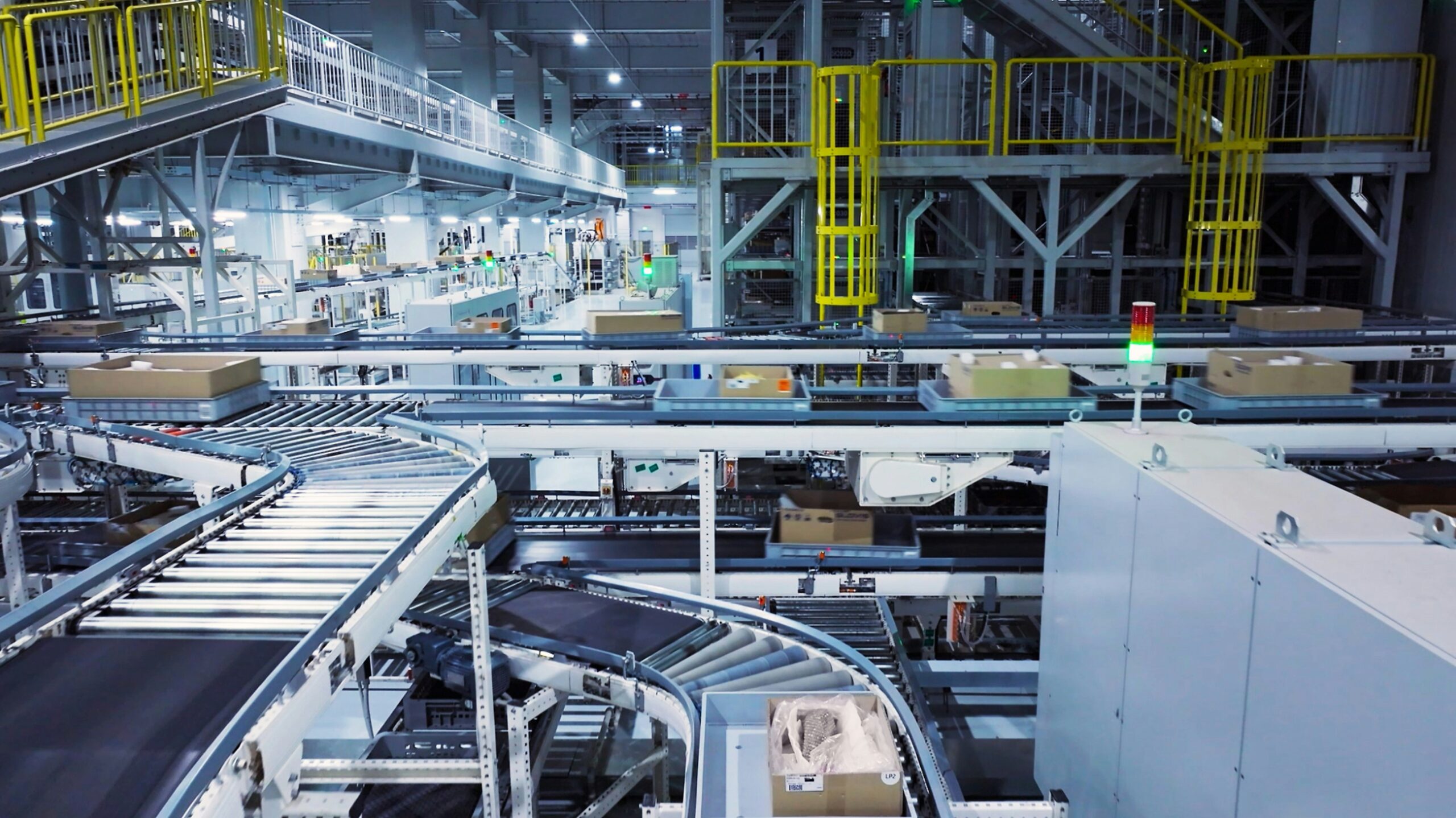Introduction
The pressure to adapt and innovate is growing for the logistics sector as the world economy grows and consumer needs change. The incorporation of automation technologies—palletizing robots in particular, which are essential for improving operational efficiency—is fundamental to this evolution. The robotic arm QJRB30-1, with its 30 kg payload, 1820 mm reaching distance, and high-speed capabilities, is one of the leading innovations in this field. An excellent example of how modern technology can streamline warehouse operations and allow for more innovative logistical solutions is this robot. Examining how palletizing robots have transformed the logistics sector and how they enable more intelligent, effective warehouse operations is the goal of this article.
An Overview of Robots that Palletize
Palletizing robots are automated systems that are made to neatly stack items onto pallets. These robots are essential to contemporary warehouses because they improve load stability, expedite the packing process, and save labor expenses. One of the best examples of this technology is the QJRB30-1 model. With four axes of motion, it can precisely manipulate and position objects with a repeat positioning accuracy of ±0.05mm. When handling fragile or irregularly shaped items, which call for careful stacking to maximize space and minimize damage, this level of precision is essential.

Palletizing Robots’ Place in Intelligent Logistics
In order to optimize the flow of goods from supplier to customer, smart logistics integrates state-of-the-art technologies and data analytics into the logistics process. This change is primarily the result of palletizing robots. Along with being in charge of physical duties, they are also becoming more and more integrated with IT systems, which allow for process optimization and decision-making in real time. For example, the QJRB30-1 can be used in conjunction with specialized palletizing software to optimize handling unit routes and stacking patterns, which decreases processing time and boosts throughput in warehouse operations.

Progress in Palletizing Robot Technology
The efficiency of palletizing robots has been directly impacted by notable advancements in the field of robotics. These include advancements in grip technology that can handle a wider range of materials, machine learning algorithm improvements that enable robots to quickly adapt to new work patterns, and robotics mobility advancements that allow a single unit to perform tasks over a larger area. In particular, cycle times are greatly reduced by the QJRB30-1, which is designed to run at a maximum speed of 355º/s in its fourth joint. Because of this feature, it’s a great help in high-volume warehousing settings where efficiency and speed are critical.
Case Studies
Case Study 1: Retail Warehouse with High Volume
The QJRB30-1 was used in a major consumer electronics-focused retail warehouse in a well-publicized deployment. The robot’s job was to arrange goods of various weights and sizes onto pallets so that they could be delivered to stores. The QJRB30-1’s ability to streamline warehousing operations was demonstrated by the 25% increase in palletizing speed and 40% decrease in labor costs that resulted from the robot’s integration.

Case Study 2: Adaptable Utilization across Various Sectors
Another model from the same manufacturer, the QJRB180-1 universal robot, shows how flexible palletizing robots can be used in a variety of industries. This robot is used in the furniture and food and beverage industries for jobs like palletizing and packaging. It has a payload capacity of 180 kg and an arm span of 3153.7 mm. This machine demonstrates how advanced robotics are transforming smart logistics with its high-speed, high-precision capabilities that enable it to handle tasks that far surpass the capabilities of human labor.
Upcoming Developments in Automated Warehouses
Future palletizing robots in logistics are anticipated to have even greater implications. These robots should become even more intelligent as artificial intelligence advances, enabling them to predict supply chain changes and respond to them instantly. Furthermore, more data collection and analysis will be possible thanks to developments in sensor technology and IoT integration, which will further optimize warehouse operations. But these developments also come with drawbacks, like the requirement for qualified staff to oversee and maintain complex robotic systems and worries about cybersecurity in ever-more-connected environments.
Conclusion
Palletizing robots, such as the QJRB30-1 model, are transforming warehouse operations by increasing their speed, effectiveness, and cost-effectiveness. These robots aid in future-proofing businesses against the intricacies of contemporary supply chains as they are incorporated into the larger idea of smart logistics. Logistics operations can improve their capacities and stay competitive in a market that is changing quickly by adopting these technologies. The process of incorporating these robotic solutions is only getting started, but there are exciting new developments that could completely change the logistics sector in the years to come.
